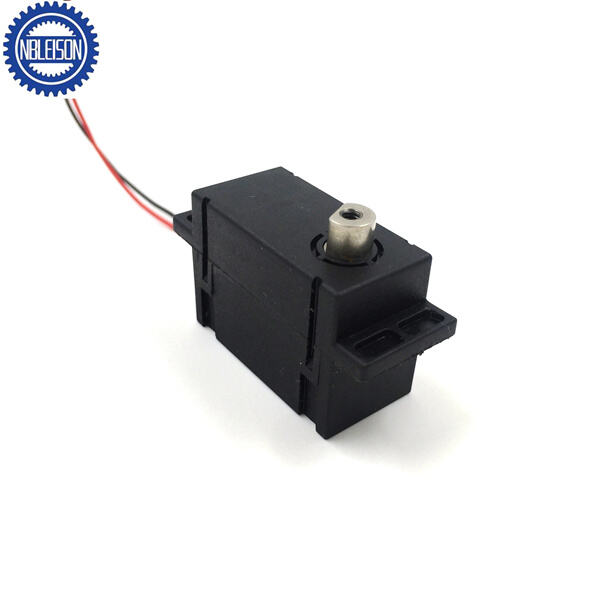DC motors are those special type of machines that help things move. They are found in lots of places, such as toys and cars and machines in factories. So what gives… Let’s have a little better understanding of how DC motors work and why they are so crucial.
DC motors are just things that use the power of electricity to create movement. They operate on a form of electricity known as direct current. This describes the straight path the electricity takes. A DC motor is generally composed of the following two main parts termed as stator and rotor. The stator is the stationary outside portion; the rotor is the inner part that spins. When electricity runs through the motor, a magnetic field is produced, causing the rotor to turn.
A DC motor has components inside it called brushes and a commutator. The brushes assist the flow of electricity from outside the motor to the inside, where it is used to make motion. The commutator inverts the electricity, so that the rotor spins the correct direction. This helps the DC motor turn on and off and spin things in either direction.

There are lots of different DC motors, and each has its own benefits. Some examples are brushed DC motors, brushless DC motors, and stepper motors. With their simplicity and ease of control, brushed DC motors are great for toys and small robots. Brushless DC motors are stronger and more efficient than brush DC motors, and as a result, they are more often used in electric vehicles and factory machines. Stepper motors are good for things that you need to move in exact steps, such as 3-D printers and robots.

DC motors are advantageous for example. They are highly maneuverable and can travel at various speeds and in a number of directions. They’re also sturdy, and can last for years without requiring a fix-up. DC motors are energy efficient, which is good for the environment and can be a money-saver on energy bills.

In order to maintain DC motors in good condition, it is necessary to manage them. That means servicing and cleaning them, and ensuring that the brushes and commutator have seen better days. When your DC motor won't run, there are a few things to check. First check to make sure you are getting power to the motor (cord and wiring), and all motor connections are tight. If that doesn’t do it, it might be time for a cleaning or to take it to someone who knows how to fix it.